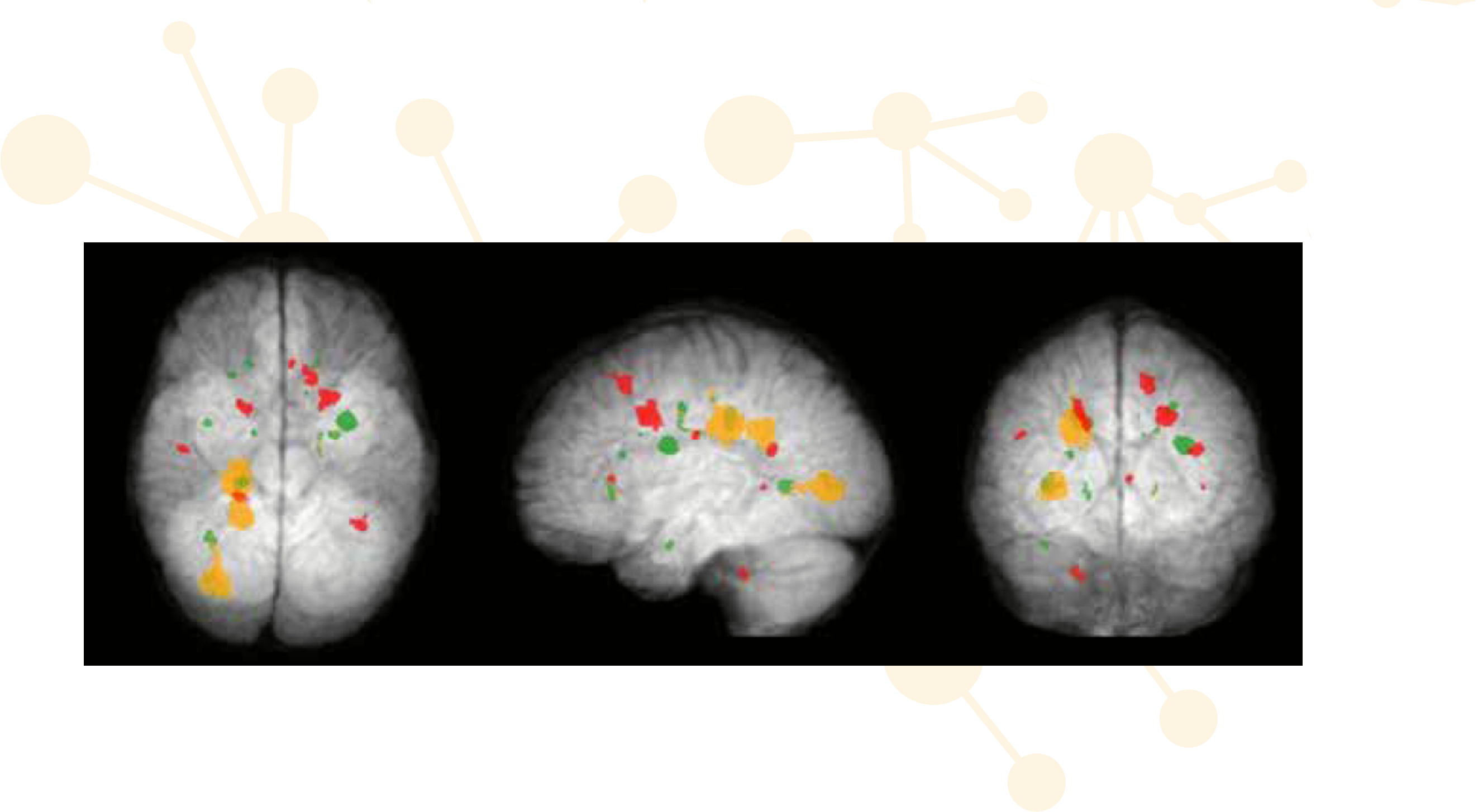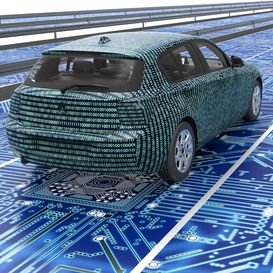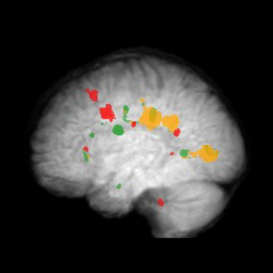icometrix
Transforming neuroimaging with AI
How can you standardise care pathways for practitioners to offer more personalised healthcare to patients? In the field of neurological disorders, Belgian SME icometrix strives to achieve this through data-driven imaging supported by artificial intelligence. Senior researcher Diana Sima explains how these insights are being applied in their first ever ITEA project, HeKDisco.

Constant evolution
Founded in 2011 as a spin-off of two Belgian universities and academic hospitals, icometrix has often found itself at the intersection of industry and academia – not unlike Diana herself. “I'm originally from Romania but I did my PhD in Leuven in Numerical Linear Algebra and Computer Science with the application in magnetic resonance imaging and spectroscopy. At the end of my postdoc, I received a scholarship with icometrix. For two years, I was working in academia and the company at the same time, trying to valorise my computer programmes in the field of MRI. After this, it was a small step to stay on as a senior researcher.”
Such work on MRI is also part of the company's own transformation from general medical image analysis to a focus on neuroimaging. Little by little, icometrix has become a global leader in providing imaging biomarkers for neurological diseases, with integration into over 100 clinical practices. “We developed the icobrain software to analyse brain scans of various neurological conditions and this tool assists radiologists and neurologists in their diagnosis and monitoring of their patients,” Diana continues. “It's a complementary source of information besides what they obtain from clinical evaluations and other types of tests. Medical imaging is essential in this diagnosis process.”
Sensitive to subtlety
As a case in point, Diana mentions multiple sclerosis, a disease affecting nerve cells in the brain and spinal cord. MS patients typically receive a brain scan once per year, from which radiologists must detect subtle changes such as atrophy or lesions. Disease-modifying treatments can stall multiple sclerosis, but it is vital that patients receive the most appropriate treatment for their progression as early as possible. “This is where we come into play, because visual eyeballing is prone to error and subtle changes are difficult to assess, even by experienced radiologists,” says Diana. “Our software tool, based on AI, has more sensitivity and highlights these new lesions to the radiologist by comparing different scans.”
An extra pair of eyes
In response to concerns about the artificial replacement of humans, Diana emphasises that their software does not take decisions itself and that practitioners are always in the loop. icometrix's aim has always been to help patients, which requires a shift from data-driven to value-driven care. In other words, access to data is only meaningful if the data is understandable and empowering for patients. By allowing practitioners to work in a more efficient, standardised manner without removing the human element of care, AI-based support leads to more accurate decision-making and better outcomes for those affected by neurological disease.
A common cause
Multiple sclerosis is a pertinent example as this forms icometrix's use-case in HeKDisco, which brings together six partners across Belgium, Slovenia and Türkiye. Diana: “HeKDisco focuses on healthcare knowledge discovery and bringing data-driven evidence into clinical practice. Connecting hospitals with AI providers is also one of the goals in order to make the transfer of data, knowledge and tools more streamlined. While there are partners that deal with completely different applications, there are underlying similarities in that you need to bring different types of data together to generate predictive models that can describe patient trajectories for a particular disease.”
Involvement in programmes like ITEA means projects at the cutting-edge level we want to pursue. We need collaboration to have a bigger impact.
Within this, icometrix is working to find salient biomarkers in medical images that have more prognostic value. The ambition is to achieve a greater understanding of why patients progress differently to one another. “Indeed, to have more personalised care, you need to know which patient has a more aggressive form of the disease. This kind of predictive tool has not yet been developed and we are in the beginning of this phase. This is one of the challenges in this project.”
Contact through collaboration
has participated in many research and training networks, as well as projects. These positive experiences with collaboration were part of the pull to ITEA and Diana highlights the networking component as the most important benefit at the company level. “We need committed partners that can help provide validation studies, research, algorithms or even ideas when we brainstorm together. What is nice for us is that it opens up new collaborations. Since HeKDisco's coordinator is from Türkiye, there was a new opportunity with Istanbul University Hospital, which we were not yet in contact with.” Although she does concede that the funding structure involving national agencies caught her by surprise, Diana also recognises the advantages this can bring. “The funding allows us to invest in more risky topics that might otherwise not be an option. We have contract research where we execute projects from pharmaceutical companies that want to analyse brain scans, for instance. We provide that service, but then don't get to go beyond what's already the state-of-the-art. That's another main role we see for this project.”
The cutting edge
HeKDisco will ultimately run until January 2025, but Diana sees a lot to be satisfied with in the meantime. “I was also thinking how much I like ITEA's online platform for project submission, deliverables, milestones and so on. In comparison with other platforms, it's much better designed – but, of course, ITEA being about innovative software probably means that's not surprising! Another thing I appreciate is that we had a project review meeting with several experts that took place online but was still well-organised with extensive feedback afterwards. With other types of projects, we sometimes submit deliverables and get no feedback. But here, it was positive, sufficient feedback for us to move forward. Involvement in programmes like ITEA means projects at the cutting-edge level we want to pursue. We need collaboration to have a bigger impact. In the end, patients find value-driven care meaningful and this is an idea we can spread within our collaborations.”
More information:
https://icometrix.com/
Other chapters
Use the arrows to view more chapters

Editorial
By Jan Jonker

Country Focus: Austria
Tapping into innovative potential and using new knowledge for market growth

IT-V Medizintechnik
Achieving a better position in international innovation

ITEA Success story: PIANiSM
Pioneering predictive maintenance for a smarter future in manufacturing

Advancing gender equality in innovation
Insights for ITEA from Vinnova

ITEA Success story: EMPHYSIS
EMPHYSIS: Bridging the gap between digital simulation and embedded software with eFMI®

Community Talk with Jennifer Overbury
Smart project management in a technical domain

SME in the Spotlight: icometrix
Transforming neuroimaging with AI

End user happiness: Mad@Work
Digital solutions enhancing personal well-being and organisational success

